
Elias Canetti was a German-language writer, known as a modernist novelist, playwright, memoirist, and nonfiction writer. Born in Ruse, Bulgaria, to a Sephardic Jewish family, he later lived in England, Austria, Germany, and Switzerland. He won the 1981 Nobel Prize in Literature, "for writings marked by a broad outlook, a wealth of ideas and artistic power". He is noted for his nonfiction book Crowds and Power, among other works.

Karl Renner was an Austrian politician and jurist of the Social Democratic Workers' Party of Austria. He is often referred to as the "Father of the Republics" because he led the first government of the Republic of German-Austria and the First Austrian Republic in 1919 and 1920, and was once again decisive in establishing the present Second Republic after the fall of Nazi Germany in 1945, becoming its first President after World War II.

Emmerich Kálmán was a Hungarian composer of operettas and a prominent figure in the development of Viennese operetta in the 20th century. Among his most popular works are Die Csárdásfürstin (1915) and Gräfin Mariza (1924). Influences on his compositional style include Hungarian folk music, the Viennese style of precursors such as Johann Strauss II and Franz Lehár, and, in his later works, American jazz. As a result of the Anschluss, Kálmán and his family fled to Paris and then to the United States. He eventually returned to Europe in 1949 and died in Paris in 1953.

Ignaz Seipel was an Austrian Catholic priest and conservative politician, who served as the Chancellor of the First Austrian Republic twice during the 1920s and leader of the Christian Social Party. He is considered the most prominent statesman of the Austrian right in the interwar period.
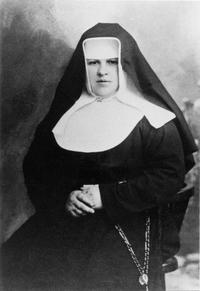
Maria Restituta Kafka was an Austrian nurse of Czech descent and religious sister of the Franciscan Sisters of Christian Charity. Executed by the government in Nazi-run Austria, she is honoured as a virgin and martyr in the Catholic Church. Pope John Paul II beatified her in 1998.

SC Hakoah Vienna is a Jewish sports club in Vienna, Austria.
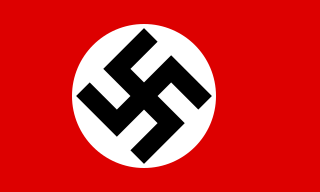
Austria was part of Nazi Germany from 13 March 1938 until 27 April 1945, when Allied-occupied Austria declared independence from Nazi Germany.

Sascha-Film, in full Sascha-Filmindustrie AG and from 1933 Tobis-Sascha-Filmindustrie AG, was the largest Austrian film production company of the silent film and early sound film period.

Otto Felix Kanitz was an Austrian socialist, journalist and educator. He was also part of the 'Schönbrunner Circle'.
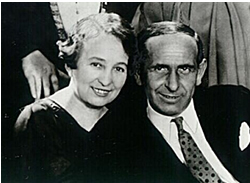
Jacob Fleck was an Austrian film director, screenwriter, film producer and cameraman. He is noted for his long-standing professional partnership with his wife Luise Fleck who co-directed his films with him.
Julius von Borsody was an Austrian film architect and one of the most employed set designers in the Austrian and German cinemas of the late silent and early sound film periods. His younger brother, Eduard von Borsody, was a film director in Austria and Germany. He is also the great-uncle of German actress Suzanne von Borsody.
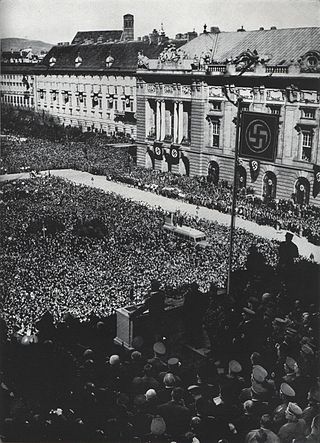
The Anschluss, also known as the Anschluß Österreichs, was the annexation of the Federal State of Austria into the German Reich on 12 March 1938.
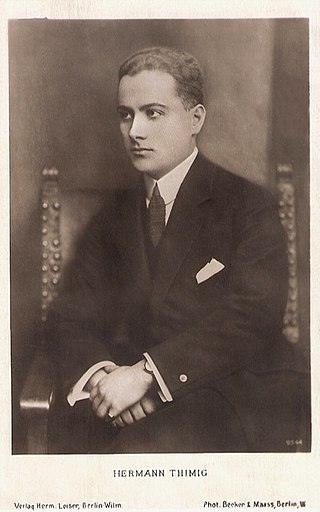
Hermann Thimig was an Austrian stage and film actor. He appeared in 102 films between 1916 and 1967.

German nationalism is a political ideology and historical current in Austrian politics. It arose in the 19th century as a nationalist movement amongst the German-speaking population of the Austro-Hungarian Empire. It favours close ties with Germany, which it views as the nation-state for all ethnic Germans, and the possibility of the incorporation of Austria into a Greater Germany.
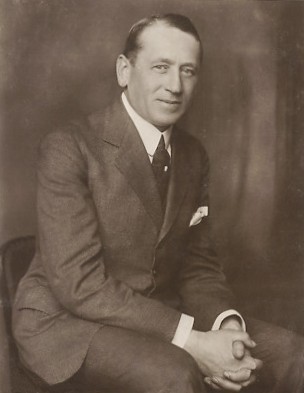
Eugen Burg was a German actor. His daughter was Hansi Burg. Burg was a close friend of the actor Hans Albers.

Jaro Fürth was an Austrian stage and film actor.
Adolf Edgar Licho was a Russian-German actor, screenwriter, and film director. He was born of Jewish parentage in Kremenchug which was then part of the Russian Empire, but emigrated to Germany to work in the theatre and then later in silent films. Following the Nazi Party's takeover in 1933 he went into exile, first in Austria and France and later in the United States. In Hollywood he played minor roles until his death in 1944.

Amalia Carneri is the artist name of Amalie Malka Pollak, born Malka Kanarvogel,, a soprano opera and operetta performer based in Vienna, Austria. She performed in several of Vienna's most prestigious concert venues and made several recordings.
Alfred König, also known as Ali Ferit Gören and Alfred Göring, was an Austrian-Turkish Olympic sprinter. He was Austrian national champion in the 200m juniors in 1932, the 400m in 1936, the 4x100m relay in 1937, and the 4x400m relay in 1934 and 1937. At the 1935 Maccabiah Games in Mandatory Palestine, he won a gold medal in the 200m, was part of the gold medal winning 4x400m relay, won a silver medal in the 400m, and won a bronze medal in the 4x100m relay. He competed at the 1936 Summer Olympics in Berlin, Germany.

Austria–Soviet Union relations were established in 1924, discontinued in 1938 following German annexation of Austria and renewed following Austrian independence after World War II.

















